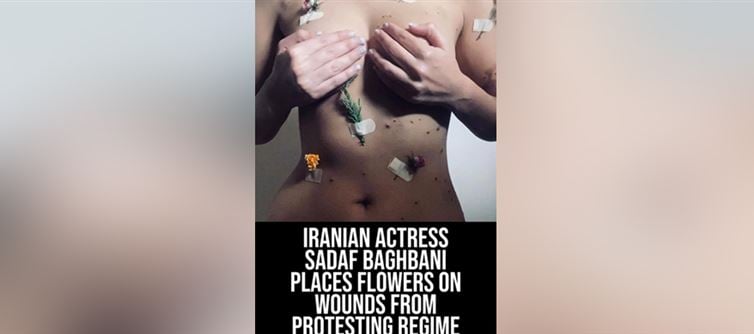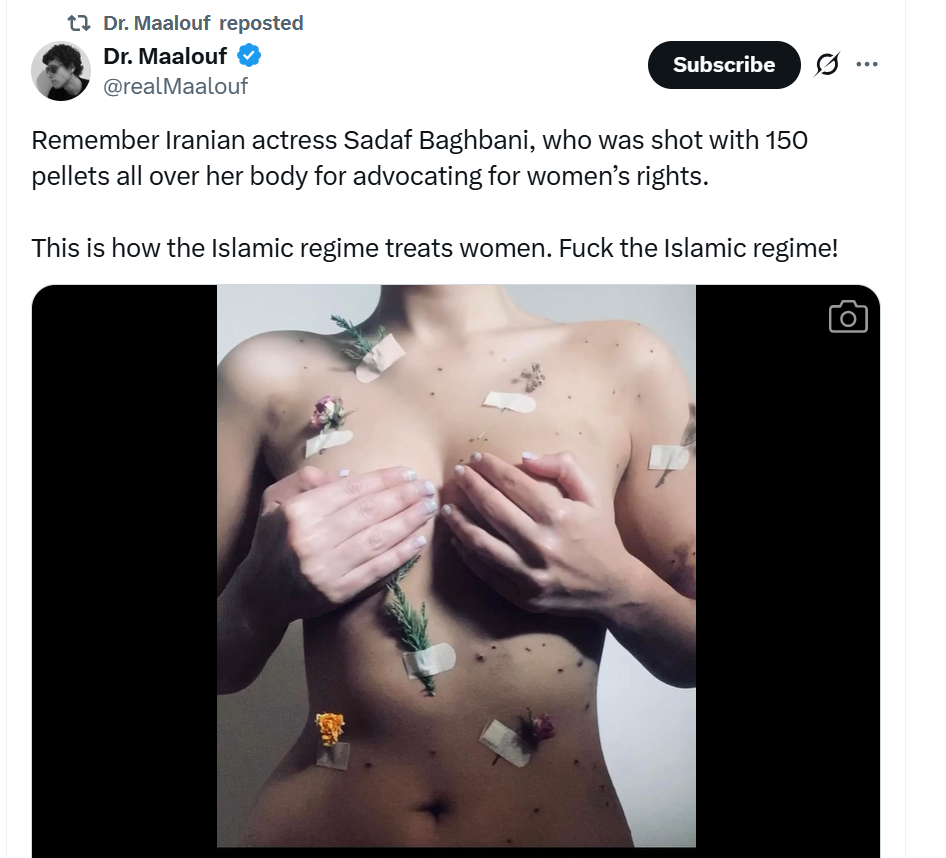
In iran, where women face significant restrictions—including mandatory dress codes like the hijab and limitations on public participation—the act of protesting these norms can lead to severe repercussions.
Baghbani’s decision to display her wounds publicly, as suggested by the tweet and related web content, is a courageous act of defiance, reclaiming her body as a site of resistance rather than submission.
 The tweet also mentions that Baghbani has moved to Milan, a significant step in her journey toward freedom. This relocation highlights the broader narrative of Iranian women seeking refuge abroad to escape censorship and political oppression, particularly in the arts, where Baghbani’s passion for acting was stifled.
The tweet also mentions that Baghbani has moved to Milan, a significant step in her journey toward freedom. This relocation highlights the broader narrative of Iranian women seeking refuge abroad to escape censorship and political oppression, particularly in the arts, where Baghbani’s passion for acting was stifled.This tweet taps into a larger discourse on women’s rights in iran, a topic with a complex history. Before the 1979 Islamic Revolution, iran saw periods of modernization under leaders like Reza Shah, who implemented reforms such as mass education and the controversial ban on the hijab. However, post-revolution policies reversed many of these gains, enforcing strict gender norms that have been widely criticized. Athletes like Kimia Alizadeh, who defected due to similar injustices, and the low female labor force participation rate (19.8% per recent reports) illustrate the systemic challenges faced by women in the country.
The use of flowers in the image could also be interpreted as a nod to the resilience of Iranian women, who, despite adversity, continue to push for change. The empty mosques mentioned in some web sources hint at a cultural shift, with some Iranians reportedly abandoning traditional religious practices, possibly in response to the regime’s policies.




 click and follow Indiaherald WhatsApp channel
click and follow Indiaherald WhatsApp channel